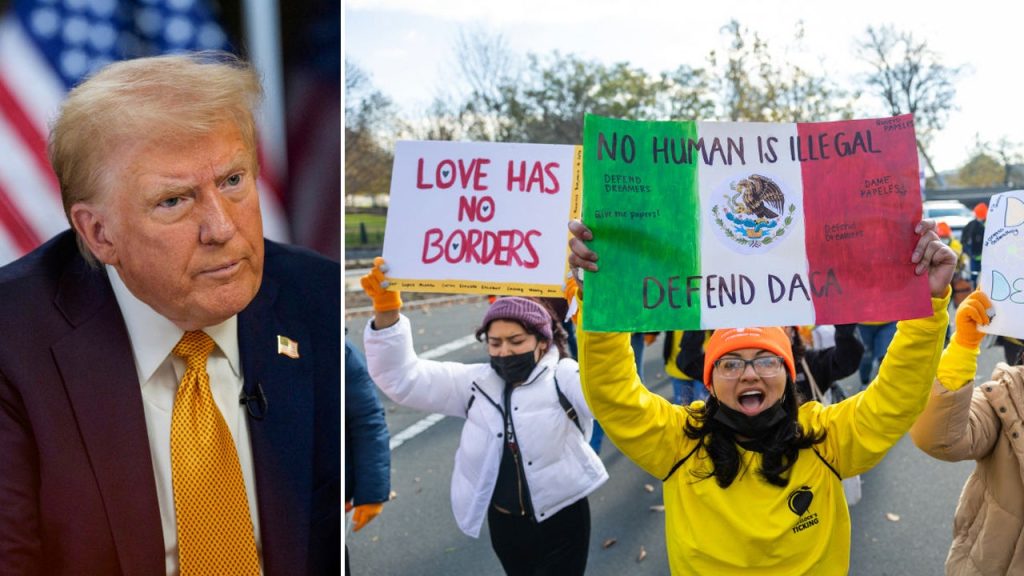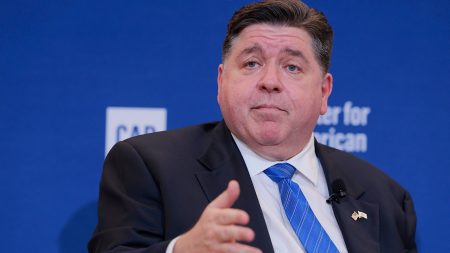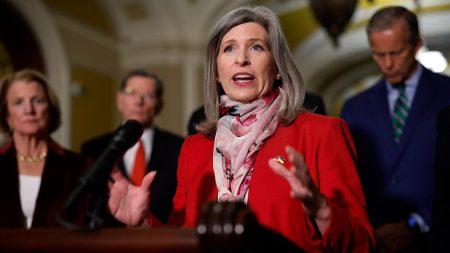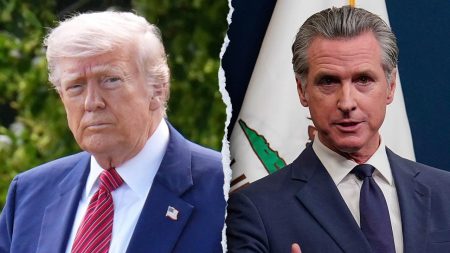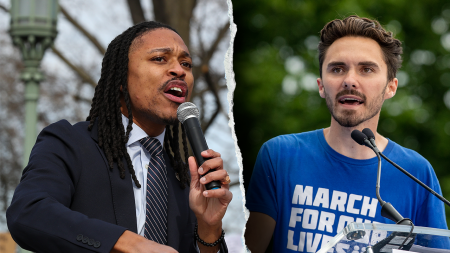Donald Trump’s recent statements regarding “Dreamers,” undocumented immigrants brought to the U.S. as children, signal a potential shift in his stance on immigration policy. In a departure from his previous hardline rhetoric, Trump expressed a willingness to collaborate with Democrats on a plan to address the legal status of Dreamers, many of whom are now adults with established lives and careers in the United States. This echoes a similar attempt at bipartisan cooperation he initiated in 2019, suggesting a recurring theme in his approach to this complex issue. While advocating for a “plan,” Trump acknowledged the challenges posed by political gridlock, implying that Democratic resistance has historically hindered progress on immigration reform. He also emphasized the economic contributions of Dreamers, highlighting their successful integration into the workforce and their ownership of businesses, both small and large, as a justification for finding a legislative solution.
Trump’s stated desire to “work something out” with Democrats regarding Dreamers represents a notable softening of his previously aggressive stance on immigration. During his first term, his administration actively sought to terminate the Deferred Action for Childhood Arrivals (DACA) program, an Obama-era executive order providing temporary protection from deportation and work authorization to eligible Dreamers. Despite the Supreme Court blocking the Trump administration’s efforts to dismantle DACA, the program’s future remains uncertain, with its legality still under judicial review. Trump’s current willingness to engage in bipartisan negotiations contrasts sharply with his administration’s past attempts to rescind DACA, raising the possibility of a more conciliatory approach to immigration policy in his second term.
The context of Trump’s renewed interest in addressing the Dreamer issue is crucial to understanding its potential implications. His previous proposal to extend DACA protections for three years in exchange for funding for a border wall was rejected by Democrats, who viewed it as holding Dreamers hostage to his border security agenda. Moreover, his promise to implement mass deportations upon re-entering office casts a shadow over his professed willingness to find a solution for Dreamers. This seemingly contradictory stance creates uncertainty about his true intentions and raises questions about the sincerity of his desire to work with Democrats.
Immigration advocacy groups have expressed skepticism toward Trump’s recent pronouncements, citing his past actions and rhetoric as evidence of his anti-immigrant sentiments. They point to his administration’s aggressive immigration enforcement policies, which separated families at the border and expanded detention facilities, as proof of his harsh stance. These groups argue that Trump’s words must be accompanied by concrete actions, such as withdrawing the Texas lawsuit challenging DACA’s legality and abandoning his plans for mass deportations, to demonstrate a genuine commitment to finding a solution for Dreamers.
Trump’s latest statements on Dreamers present a complex and potentially contradictory picture. While expressing a desire to work with Democrats, his history of hardline immigration policies and his ongoing commitment to mass deportations raise concerns about the sincerity of his overtures. The skepticism of immigration advocates, who view his words as inconsistent with his past actions, further complicates the situation. Whether Trump’s renewed interest in finding a solution for Dreamers represents a genuine shift in his approach or merely a political maneuver remains to be seen. The coming months will be crucial in determining whether his words translate into concrete action and whether a bipartisan compromise can be achieved on this long-contested issue.
Ultimately, the fate of Dreamers hangs in the balance, dependent on the actions of both Donald Trump and Democratic lawmakers. The possibility of bipartisan cooperation exists, but significant obstacles remain. The history of failed negotiations, the lingering legal challenges to DACA, and the deep divisions over broader immigration policy create a challenging environment for finding a lasting solution. The coming months will reveal whether Trump’s stated willingness to work with Democrats is genuine and whether a compromise can be reached that protects Dreamers and addresses the broader challenges of immigration reform.




